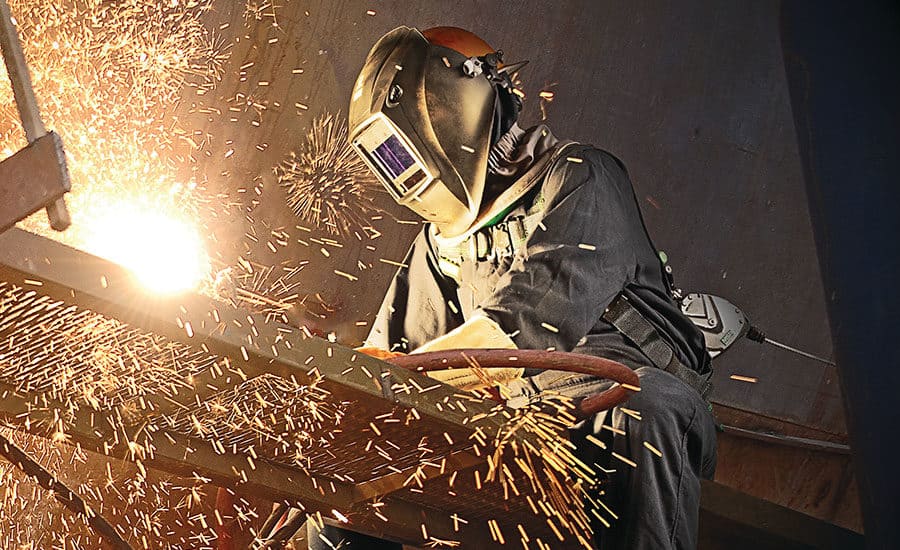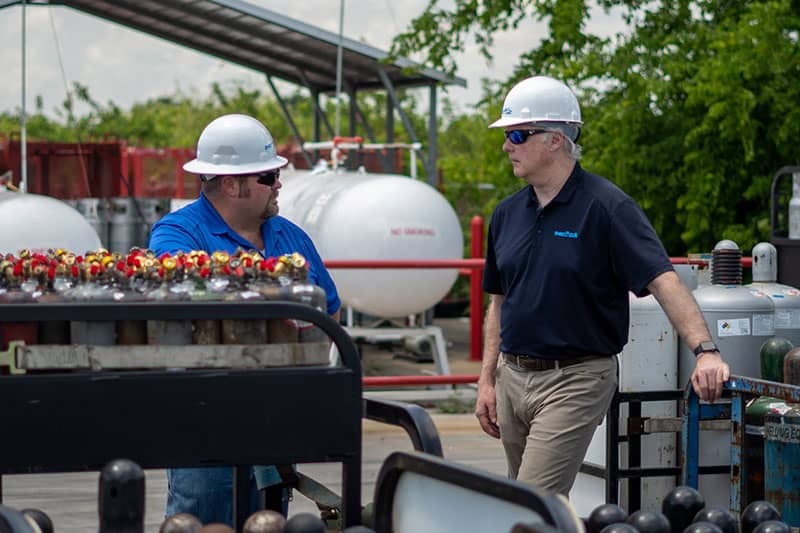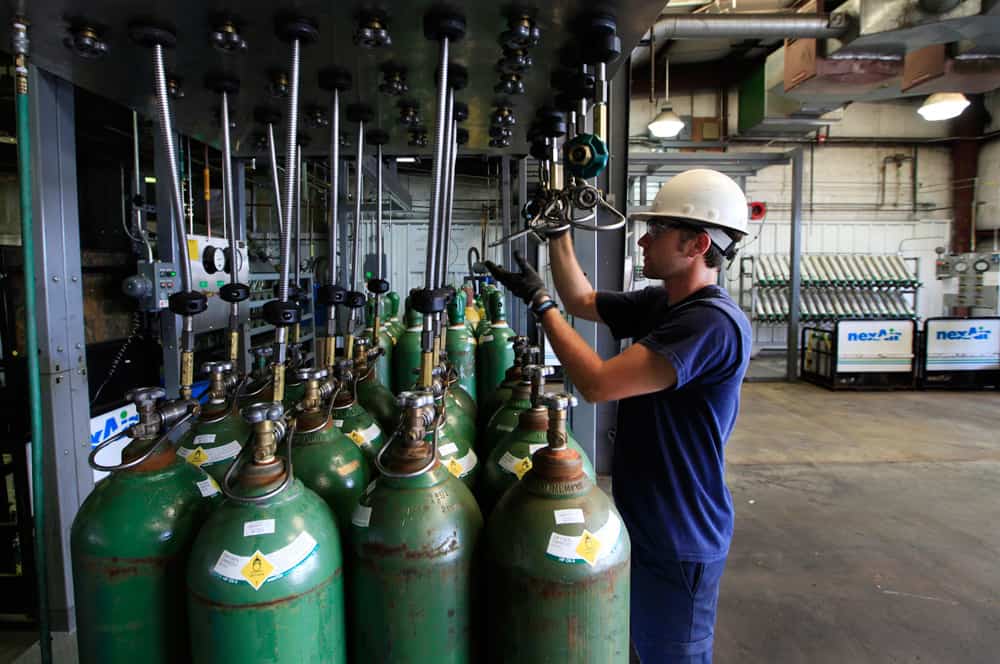Industrial Maintenance Tips for Hercules Welding Systems and Automation Equipment
Hercules welding systems cost serious money, and when they break down, production stops while repair bills pile up. Most maintenance problems develop slowly over weeks or months before they cause actual failures. The shops that stay profitable learn to catch these issues early, when fixing them costs hundreds instead of thousands.
Automated welding equipment runs differently from manual systems. Higher duty cycles, precise positioning requirements, and integrated controls create maintenance challenges that traditional welding shops haven’t dealt with before. Understanding these differences helps prevent expensive mistakes.
Daily Checks That Prevent Major Problems
Automated systems generate heat, vibration, and wear patterns that manual welding never creates. Cooling systems work harder, cables flex more frequently, and positioning mechanisms handle constant movement. Daily visual inspections catch early signs of trouble before they escalate into emergency repairs.
Check for loose connections, frayed cables, and unusual sounds during startup. Automated systems often give warning signs through subtle changes in operation. A slight delay in positioning, different cooling fan noise, or inconsistent arc characteristics usually indicate developing problems that are still manageable.
Gas delivery systems need particular attention in automated setups. Higher flow rates and constant cycling stress regulators, hoses, and connections differently than intermittent manual use. Pressure drops, flow restrictions, or contamination issues show up quickly when systems run continuously rather than sporadically.
Preventive Maintenance Schedules That Work
Hercules systems come with manufacturer maintenance schedules, but real-world conditions often require adjustments. Dusty environments, high humidity, or extended operating hours change wear patterns and component life expectancy. Smart shops modify schedules based on actual operating conditions rather than following generic recommendations blindly.
Lubrication points need regular attention, but over-lubrication causes as many problems as neglect. Automated positioning systems use precise amounts of specific lubricants. Too much attracts dirt and debris, while the wrong types can damage seals or interfere with sensor operation.
Cable management becomes critical in automated systems because cables move constantly during operation. Proper strain relief, adequate bend radius, and secure routing prevent premature failure. Replace cables showing wear before they fail during production rather than waiting for a complete breakdown.
Troubleshooting Common Automation Issues
Most automation problems trace back to a few common causes. Power quality issues create erratic behavior that seems random but follows patterns. Dirty sensors give inconsistent readings that confuse control systems. Worn mechanical components introduce backlash that affects positioning accuracy.
Start troubleshooting with the basics before diving into complex diagnostics. Check power connections, clean sensors, and verify mechanical adjustments. Many expensive service calls turn out to be simple problems that got overlooked during routine maintenance.
Documentation helps tremendously when problems do occur. Keep records of parameter changes, maintenance performed, and any unusual behavior noticed during operation. This information helps service technicians diagnose problems faster and prevents repeating ineffective solutions.
Working with Service Support
Hercules systems include comprehensive support networks, but getting the most from these resources requires preparation. Have model numbers, serial numbers, and recent maintenance history available before calling for help. Describe symptoms accurately rather than guessing at root causes.
Remote diagnostic capabilities can resolve many issues without on-site visits, but this requires proper network setup and operator cooperation. Learn how to access diagnostic screens and capture error logs that support technicians need for effective troubleshooting.
nexAir’s expert KnowHow includes helping facilities establish maintenance protocols that keep automated welding systems running reliably. Our technical team understands both the equipment requirements and the operational pressures that determine whether maintenance programs succeed or get abandoned when production demands increase.
Ready to optimize your automated welding maintenance program? Contact nexAir to discuss maintenance strategies that help your Hercules systems Forge Forward with maximum uptime and minimal unexpected repair costs.
Don't see what you're looking for?
Everything we offer is a click away and it will arrive before you know it.




